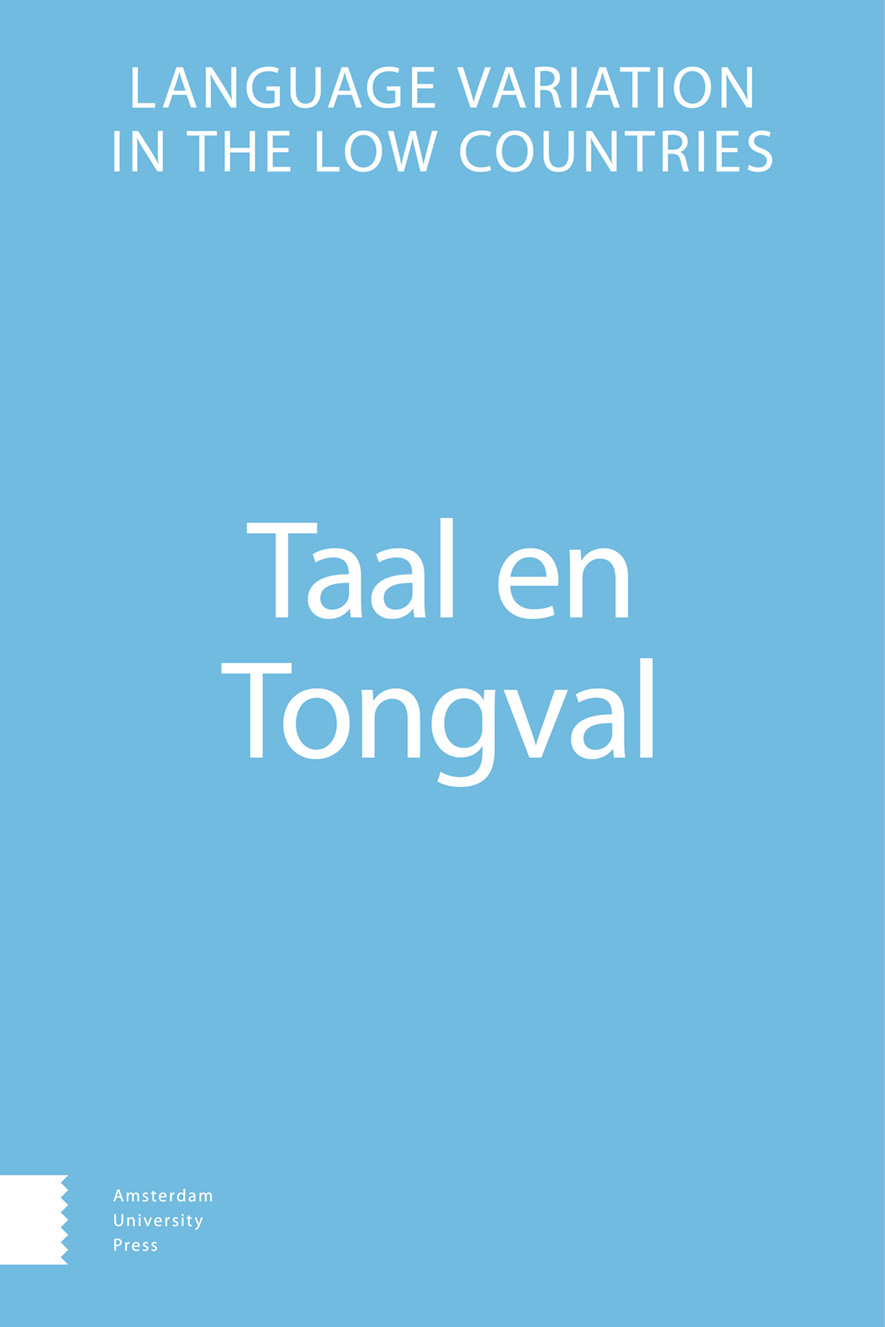-
oa The pragmatic necessity of borrowing
Euphemism, dysphemism, playfulness – and naming
- Amsterdam University Press
- Source: Taal en Tongval, Volume 69, Issue 1, Sep 2017, p. 17 - 46
Abstract
In traditional research, necessary and luxury loanwords have often been opposed to each other as representing two fundamentally different types of borrowing. However, the terms of necessity and luxury have been shown to be problematic, as necessary loanwords can be avoided by choosing alternative types of contact-induced innovations in the recipient language, and from a usage-based perspective, speakers also perceive a certain ‘need’ for luxury borrowings. In my paper, I will thus rephrase the distinction in terms of catachrestic (~necessary) vs. non-catachrestic (~luxury) borrowings (Winter-Froemel, 2011; Onysko and Winter-Froemel, 2011) and focus on the latter group in order to investigate basic principles motivating the introduction of the loanwords in the recipient language. More specifically, I will discuss euphemism, dysphemism, and playfulness, which have been proposed in previous research as basic functions of borrowings (see, e.g. Carstensen, 1965; Galinsky, 1967), and I will explore how these concepts can be refined from a usage-based perspective. Finally, I will turn to the function of naming, which is traditionally considered to be fundamentally different from the pragmatically based factors listed above. Contrary to this belief, I will argue that naming also has a pragmatic dimension by virtue of speakers’ intentions to (re)conceptualize the objects in question. The broad variety of pragmatic motives identified underpins the necessity to adopt a usage-based approach to linguistic borrowing, and the potential of analyzing borrowings according to their cognitive and communicative value.


